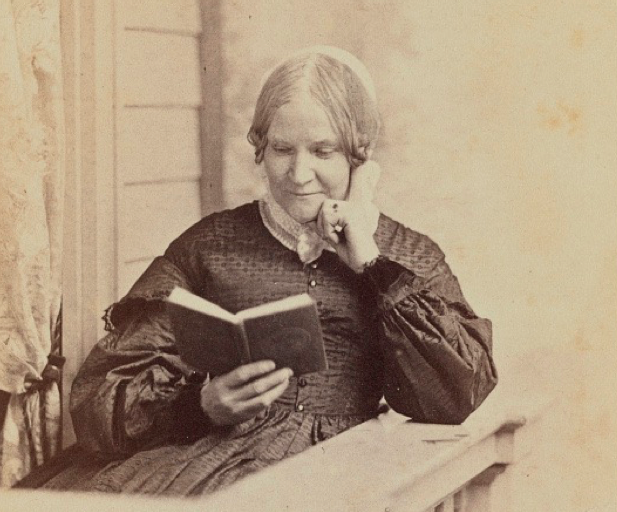When An Appeal was published, the abolitionists still had three decades of struggle before emancipation. Though Child’s book had a modest circulation, her contributions were an important part of the countless efforts which made up the antislavery movement. The abolitionist convictions of Charles Sumner, Wendell Phillips, and Thomas Wentworth Higginson were influenced by Child’s writings and by her correspondence with them during the 1850s and 60s.
Child’s Appeal began a chain of events and changes which helped prepare the North “for the final great crisis,” as she called it. At age sixty-three, Mrs. Child witnessed the abolition of slavery in America. She had helped to break the barrier of Northern resistance to abolition, making emancipation possible.

Lydia Maria Child, 1865, John A. Whipple. [Courtesy of the Library of Congress.]